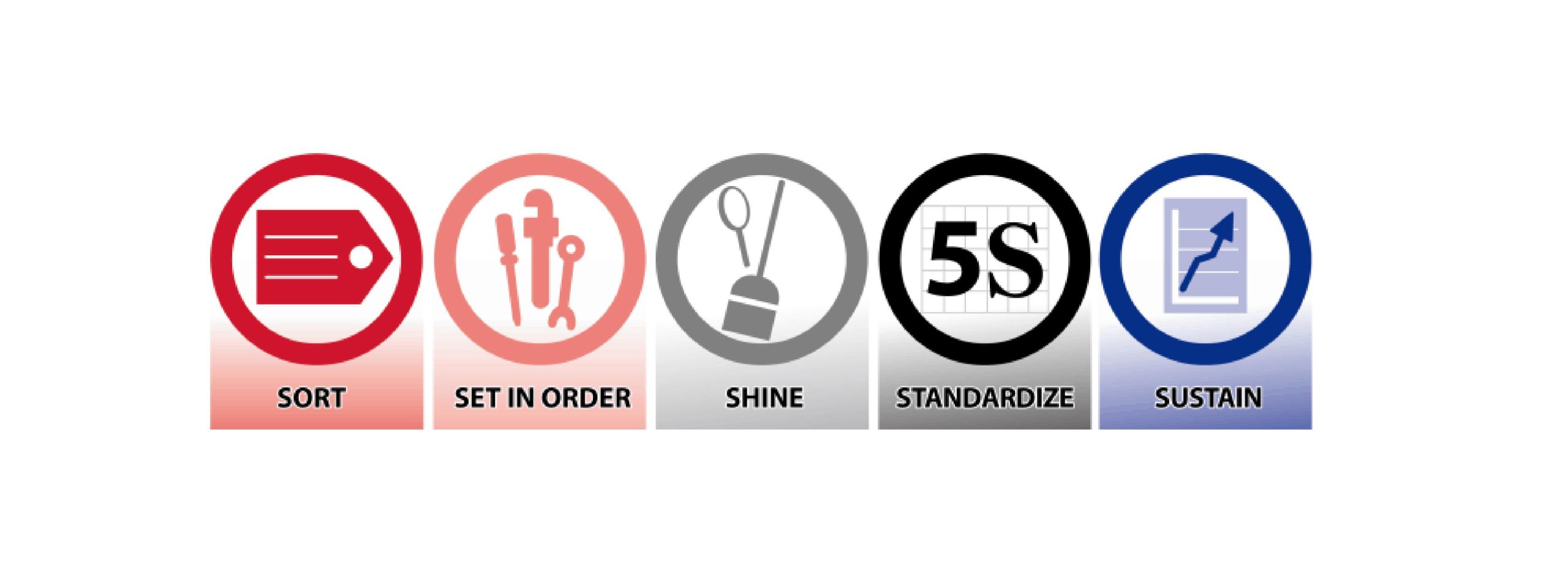As a bulk fuel delivery company, we’ve delivered large loads of fuel, oil, and lubricants to many of our customers. They use their supplies, and when they run out, we pack up another load and take it to them. Sometimes the schedule is predictable, and we know when to expect another order call from a customer. Other times, we get a panicked call asking for a rush delivery because they don’t have the fuel and lubricants they need to work.
As a business owner, you know that planning is one of the keys to success. Companies that carefully plan their project budgets and use their resources wisely will always do better than businesses that don’t. Our goal is to help you make the most informed fuel and lubricant decisions. If you’re ready to take control of your fuel and lubricant inventory to make the most of it, we can help in a few different ways.
First, let’s talk about remote tank monitoring. If you keep large fuel tanks at your business or on the job site for easy fueling, you know that these tanks can be problematic. It’s challenging to monitor how much fuel you have and how it’s being used. Remote tank monitoring can make it easy to manage your tank use. We offer this service using wireless remote tank monitoring through SMARTLOGIX. We install SMARTtank remote monitors to gauge your fuel levels better.
These monitors offer a variety of measurements, including:
- Tank level
- Tank location using GPS
- Inventory Temperature
- Rate of consumption
- Usage history, delivery, and efficiency reports
The use of these monitors also comes with access to the SMARTtank mobile app. This app has all the data and analytics you need to manage your fuel inventory from anywhere. Some of the features of the app include:
- Ability to view the status of your tanks from anywhere
- Alarm notifications to help prevent potential issues
- Accurate tank data so you can easily control distribution costs
- Access to the SMARTtank Tank Level and Analytics portal
Remote fuel tank monitoring is a great way to stay on top of your fuel inventory. These tools will help you know exactly how much fuel you have in your tanks, who is using it and when you need to order. Tank monitoring can also help prevent tank spills or fuel misusage. Your alerts will also get sent to members of the Greg’s Petroleum Service team so we can help you make better order choices and make the best use of your fuel inventory. So if you’re ready to give remote tank monitoring a try, give us a call, and we’ll get you set up.
Another crucial part of inventory management is lubricant storage and handling. As a lubricant supplier, we work hard to ensure that you have the high-quality lubricants you need for your equipment. But once we drop off your order, it’s up to you to follow best storage and handling practices. Otherwise, you may find that your lubricant supplies will become compromised and contaminated. We suggest following the 5-S storage system, a Japanese-based set of principles that promote efficiency. The five S’s are:
- Sort: Organize your lubricant room. Everything should have a proper place, from the different types of lubricant to the various filters you use. Create a consistent system, so you know exactly where everything goes. Remove everything that you don’t need. Remember the golden rule of lubricant storage ‘when in doubt, throw it out.’
- Straighten: A well-organized lubricant storage room is efficient. Establish an organizational structure that is easily labeled and easy to follow. Keep the items you use most in a convenient place. Minimize waste and wasted space, and strive to make everything easy to access. Ensure that you establish a first-in/first-out storage system that will keep your lubricant supplies fresh.
- Shine: Lubricant rooms need to be very clean. Messy, dirty rooms can easily contaminate your supplies and ruin your inventory. Ensure you have an established cleaning procedure that includes protocols for cleaning storage, changing filters, cleaning out oil-containment drains, and degreasing.
- Standardize: The next step is to keep your lube storage area clean and neat at all times. Take pictures, create signage, and provide training to your team on proper lubricant storage and the cleaning practices for the storage area. Finally, make sure to properly label and color coordinate your storage area for easy organization.
- Sustain: Make sure you regularly audit your inventory and storage practices. Establish a set schedule for cleaning and organization duties and ensure that your team knows proper lubricant storage practices.
The 5S system is just one way to optimize your lubricant storage. There’s nothing worse than having to throw away inventory because of lousy storage practices that contaminate your supplies. Or not realizing your supplies are contaminated until you use them on your equipment. You’ve invested a lot of time and money into your lubricant program. If you want to get the best return on your investment, you need to establish transparent storage practices and have a dedicated, clean storage space.
As a bulk fuel and lubricants supplier, we know that inventory management is crucial to your business. We don’t want our customers to waste unnecessary money and time on new supplies because of poor inventory practices. If your business requires help better managing your fuel and lubricant inventory, call us. We offer several solutions like remote tank monitoring and our oil analysis program that can help you get the most out of your supplies. Our team is highly skilled and can even offer advice on lubricant storage practices to protect your inventory. Don’t waste your fuel and lubricant budget because of inventory management issues. Take care of your supplies, and you’ll be able to save money!
